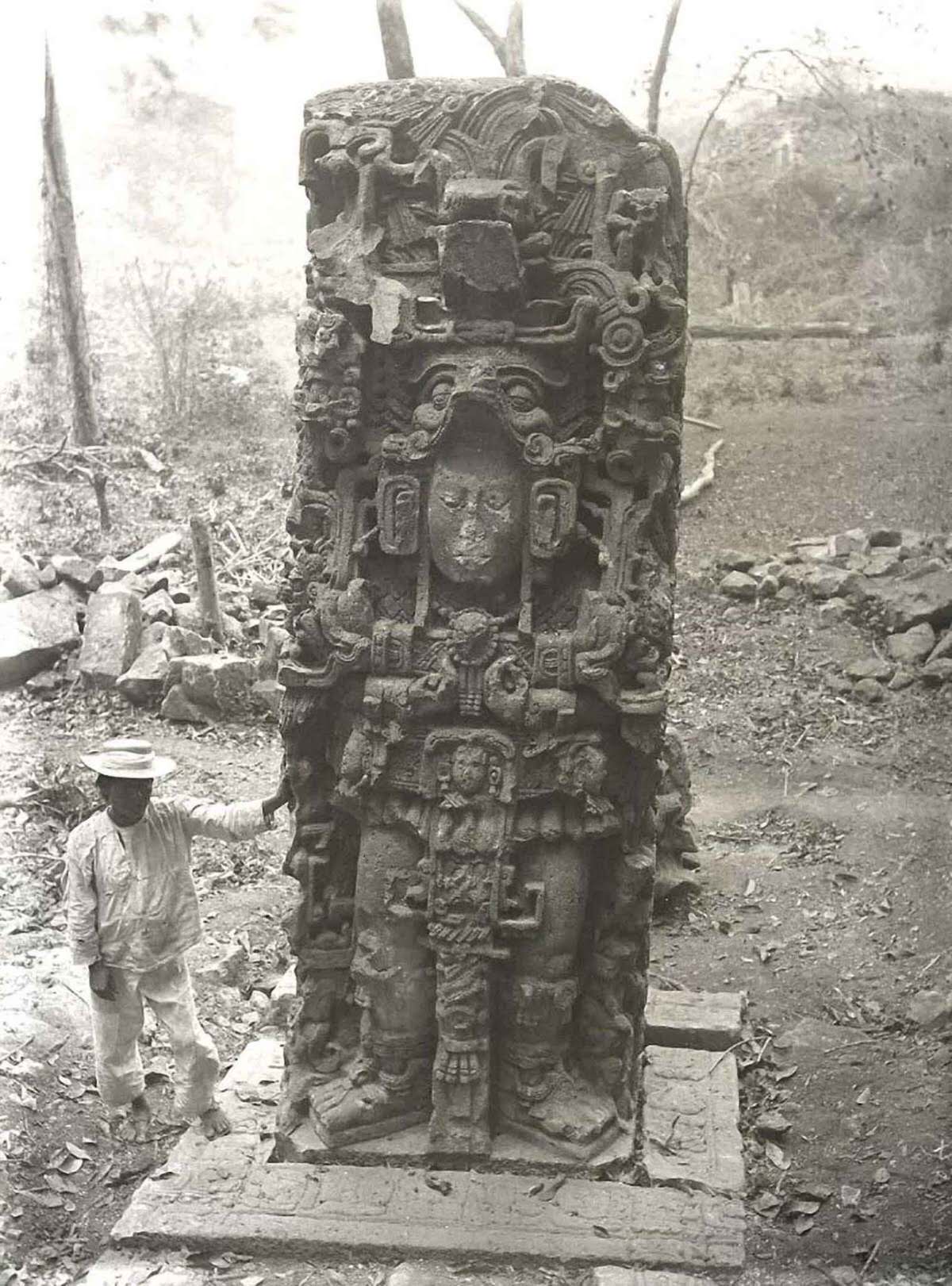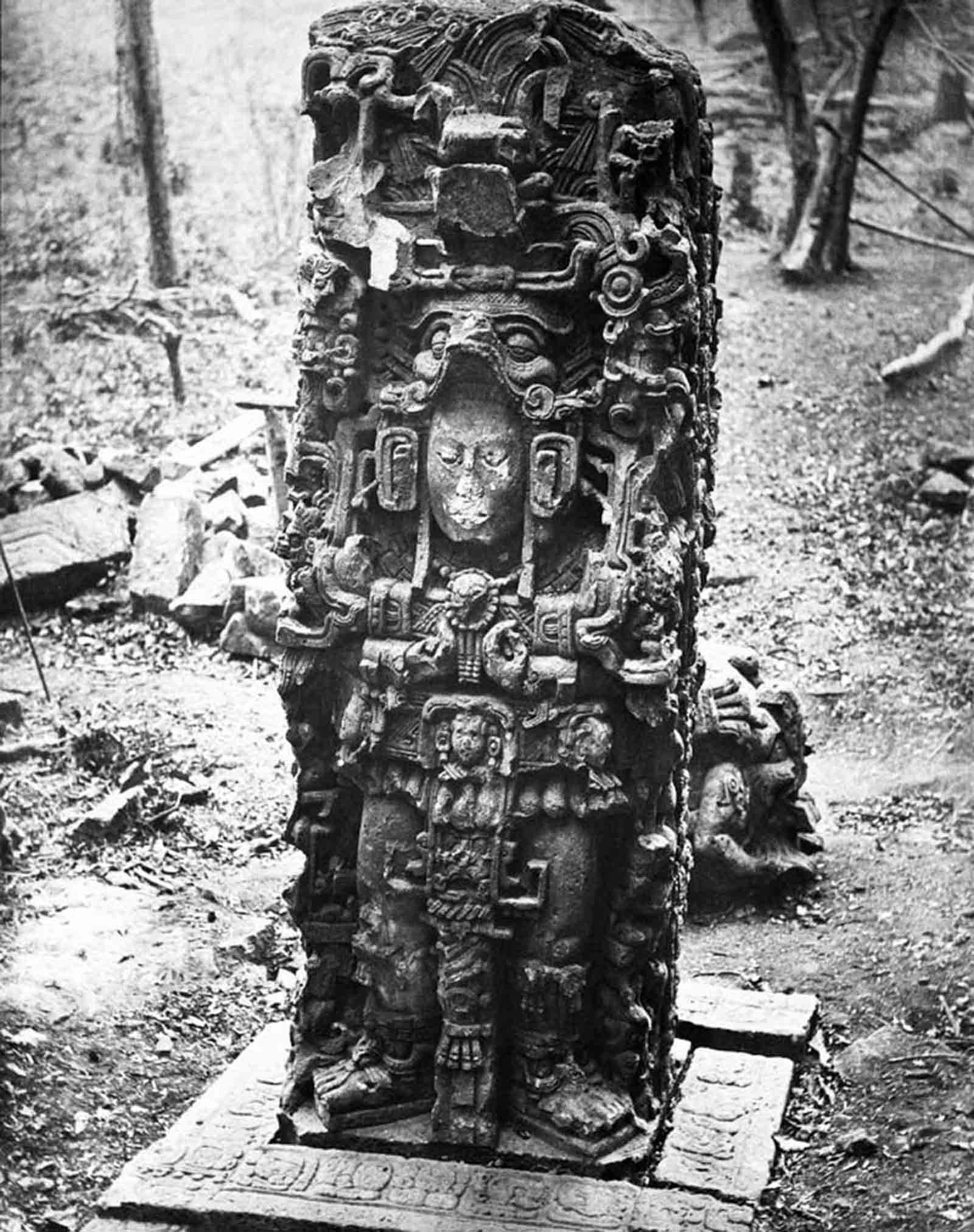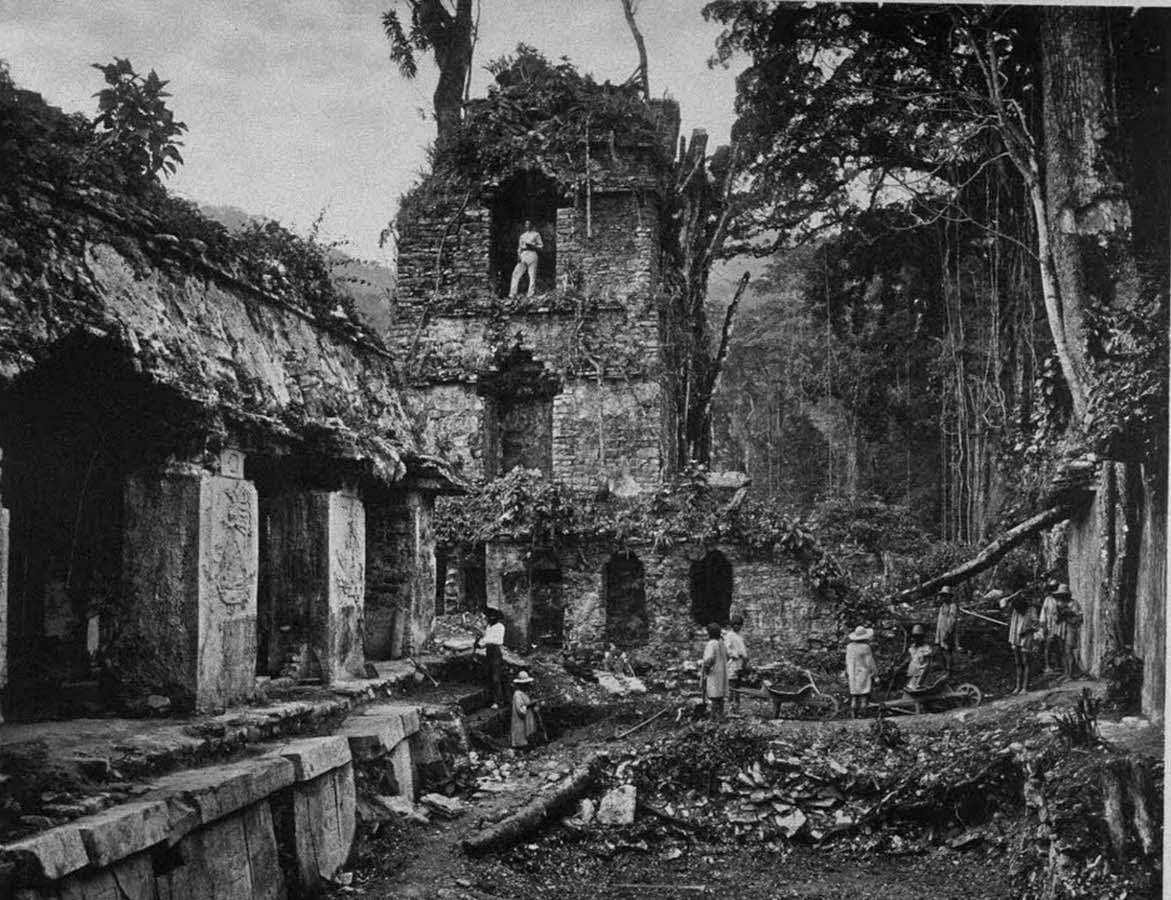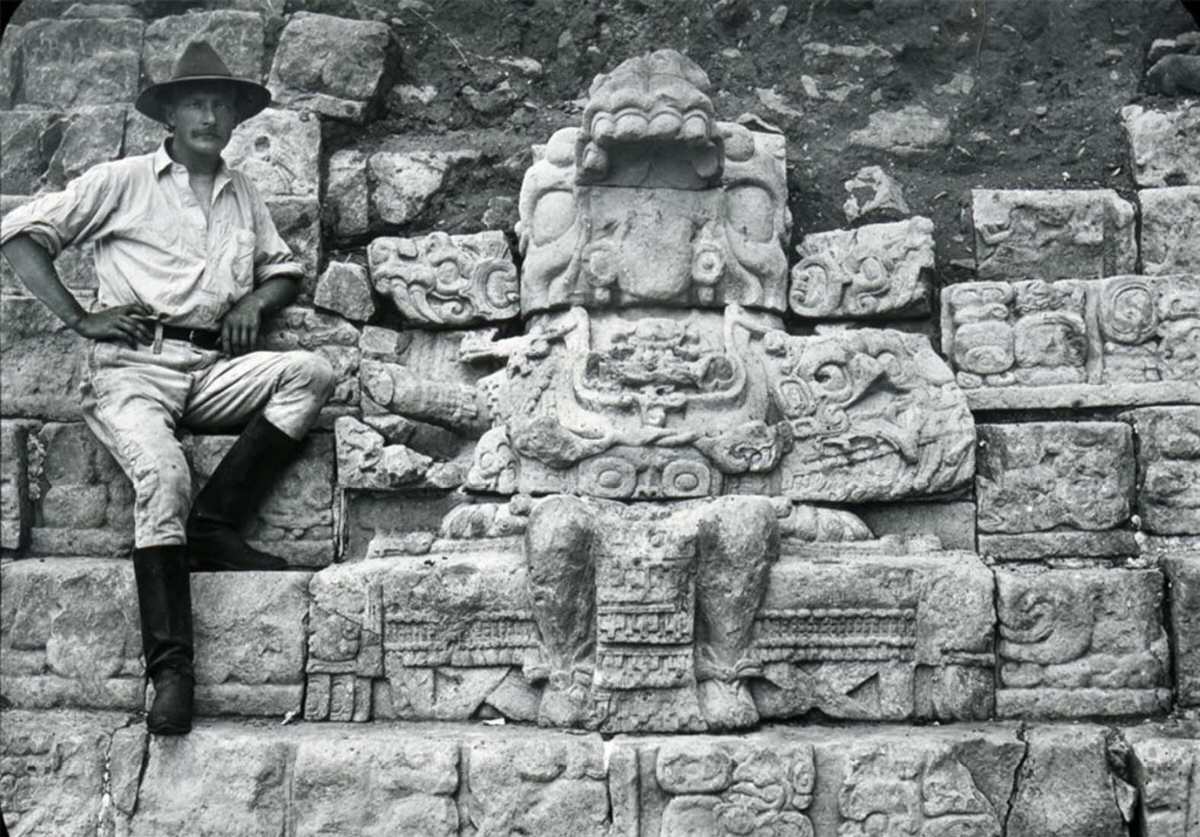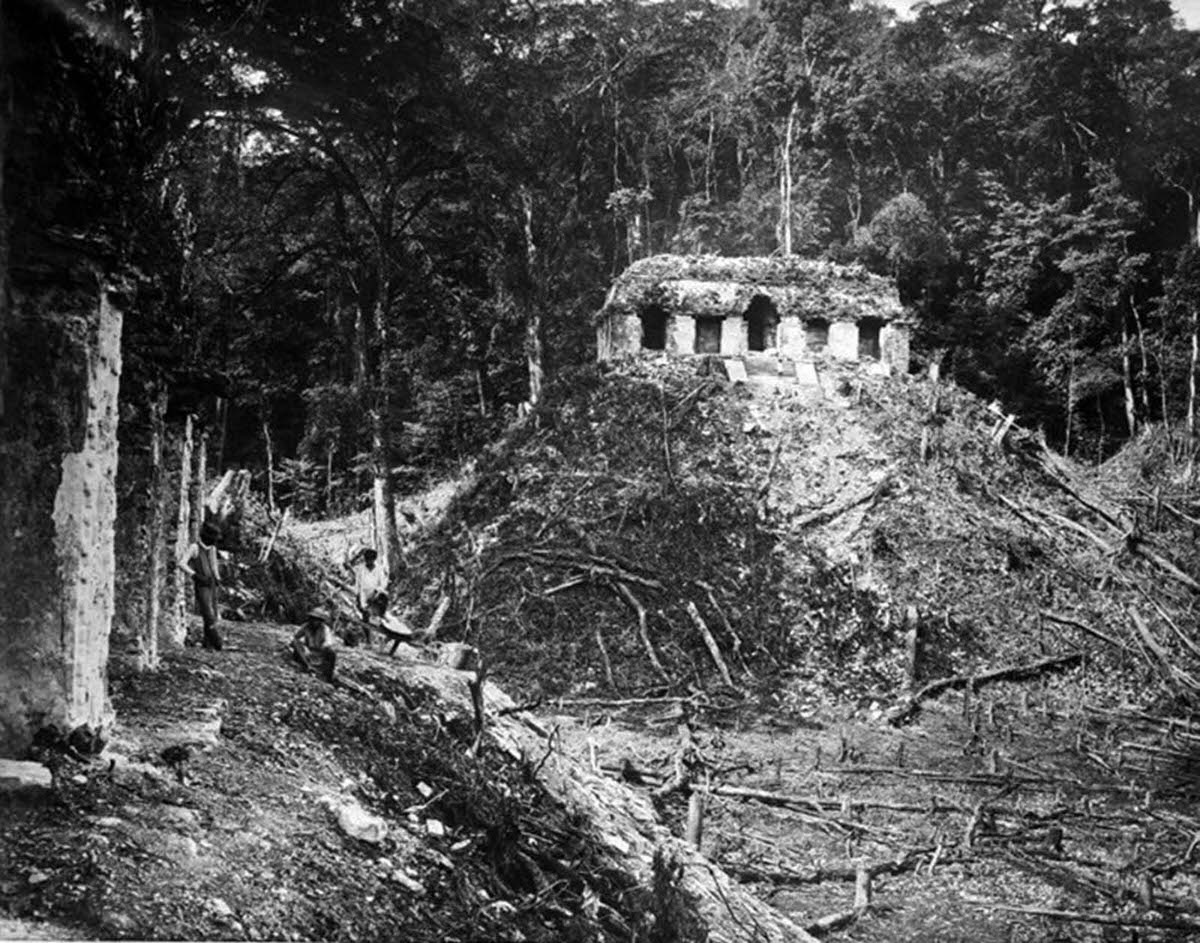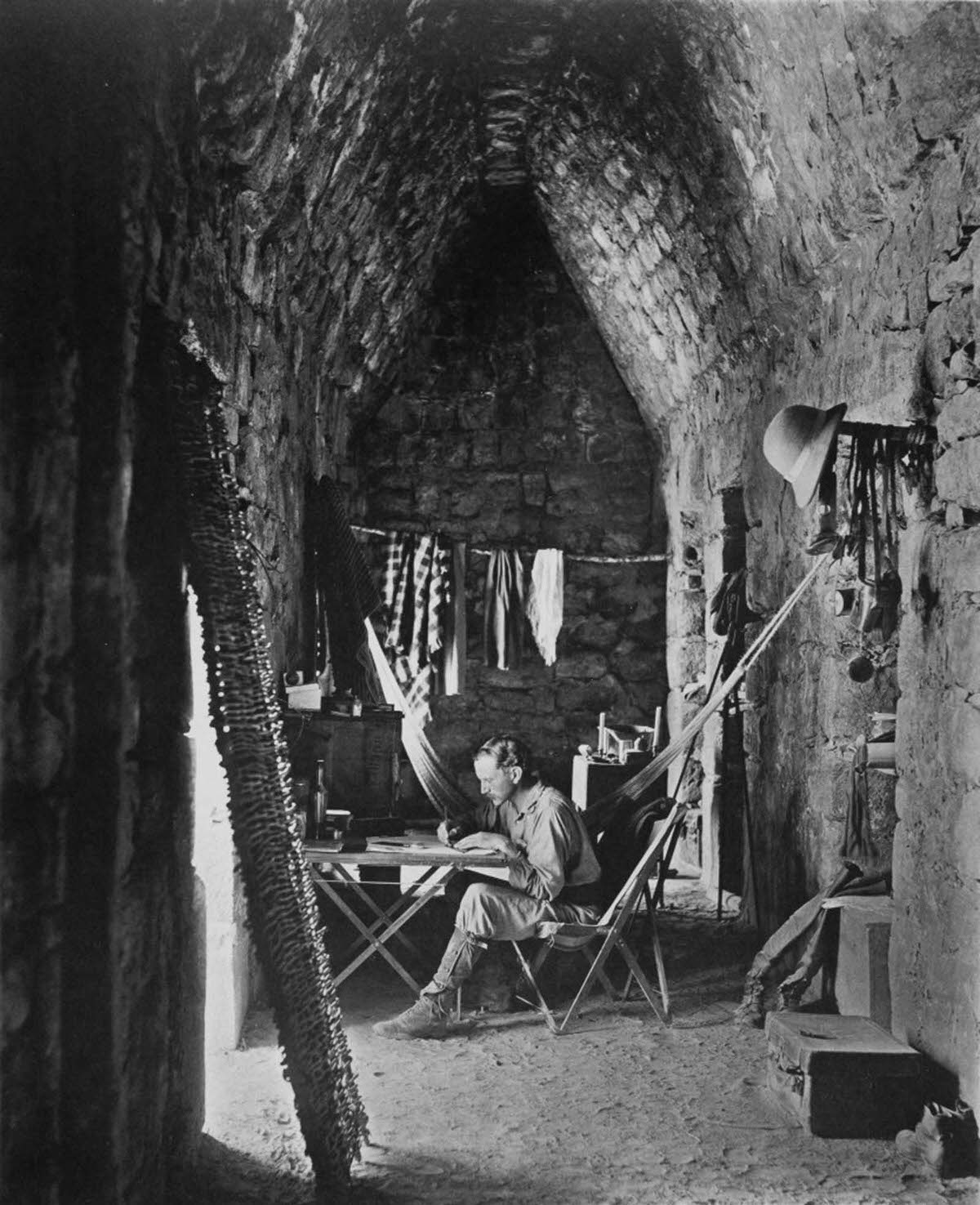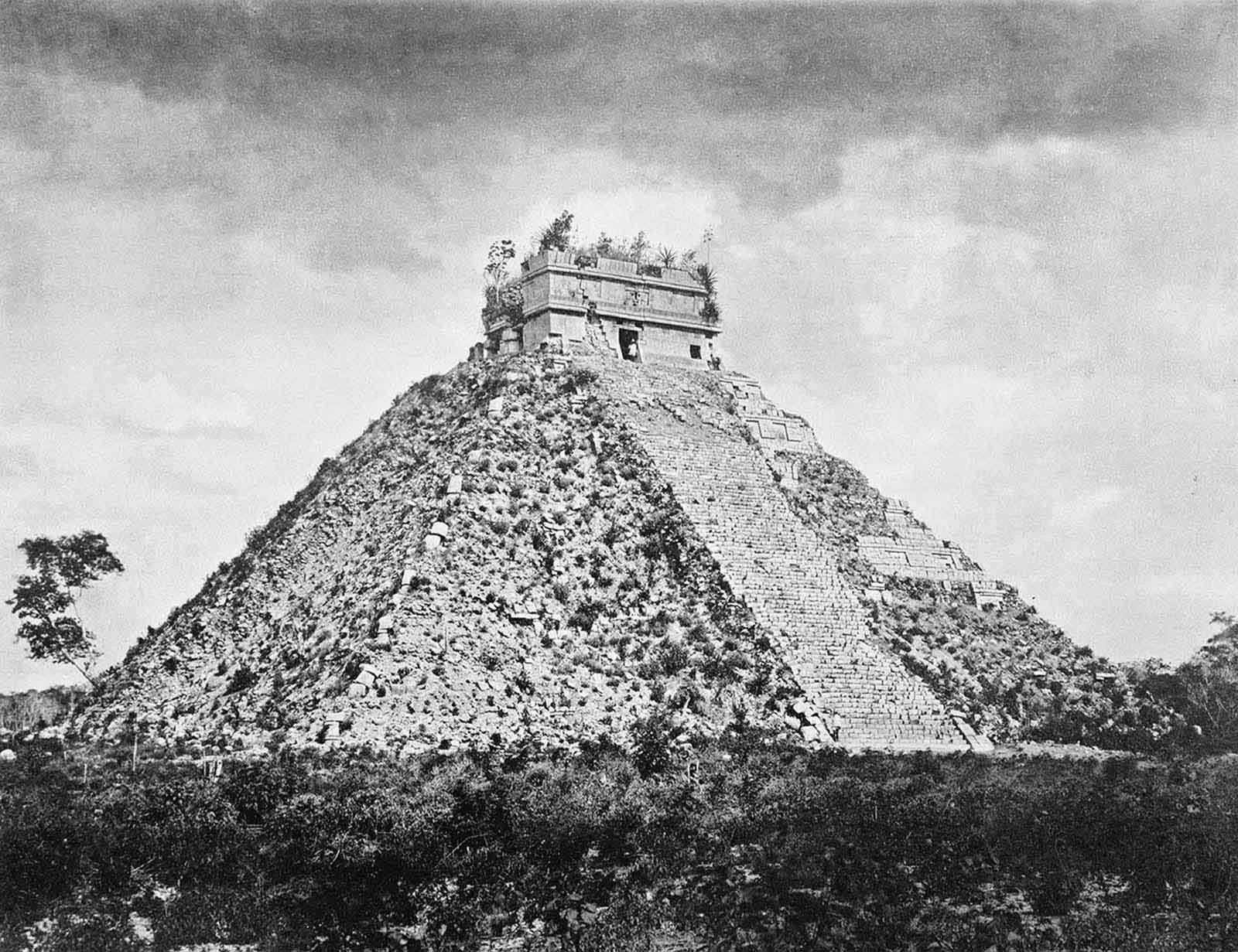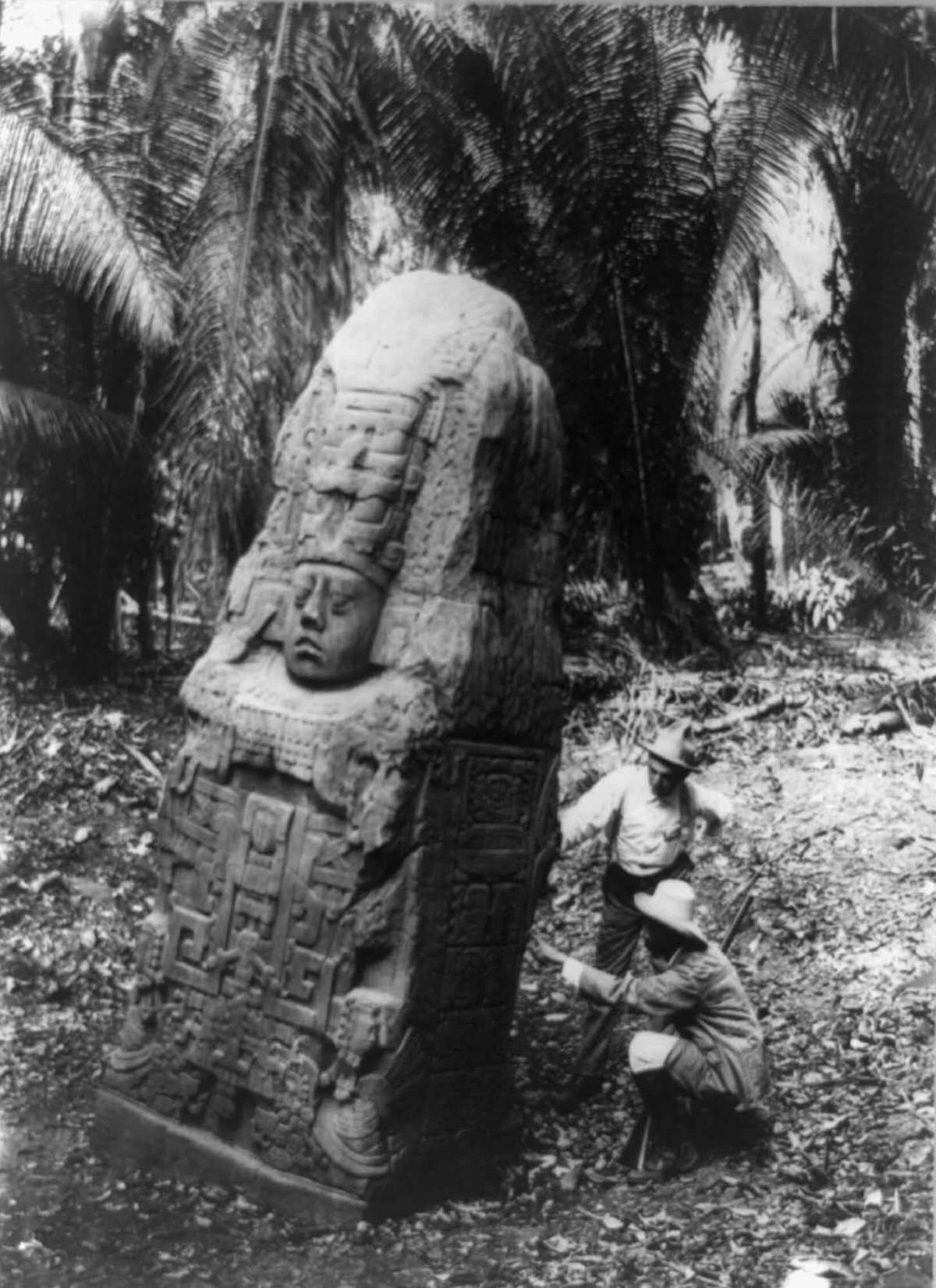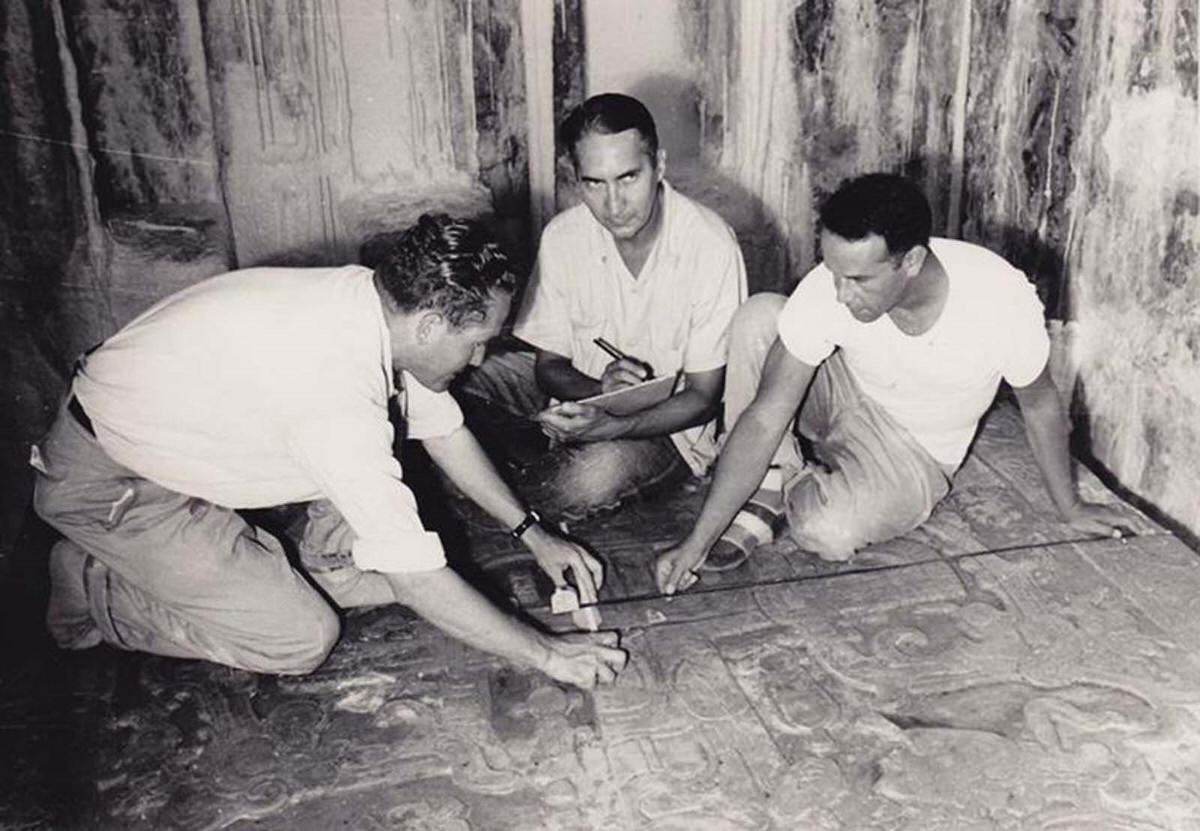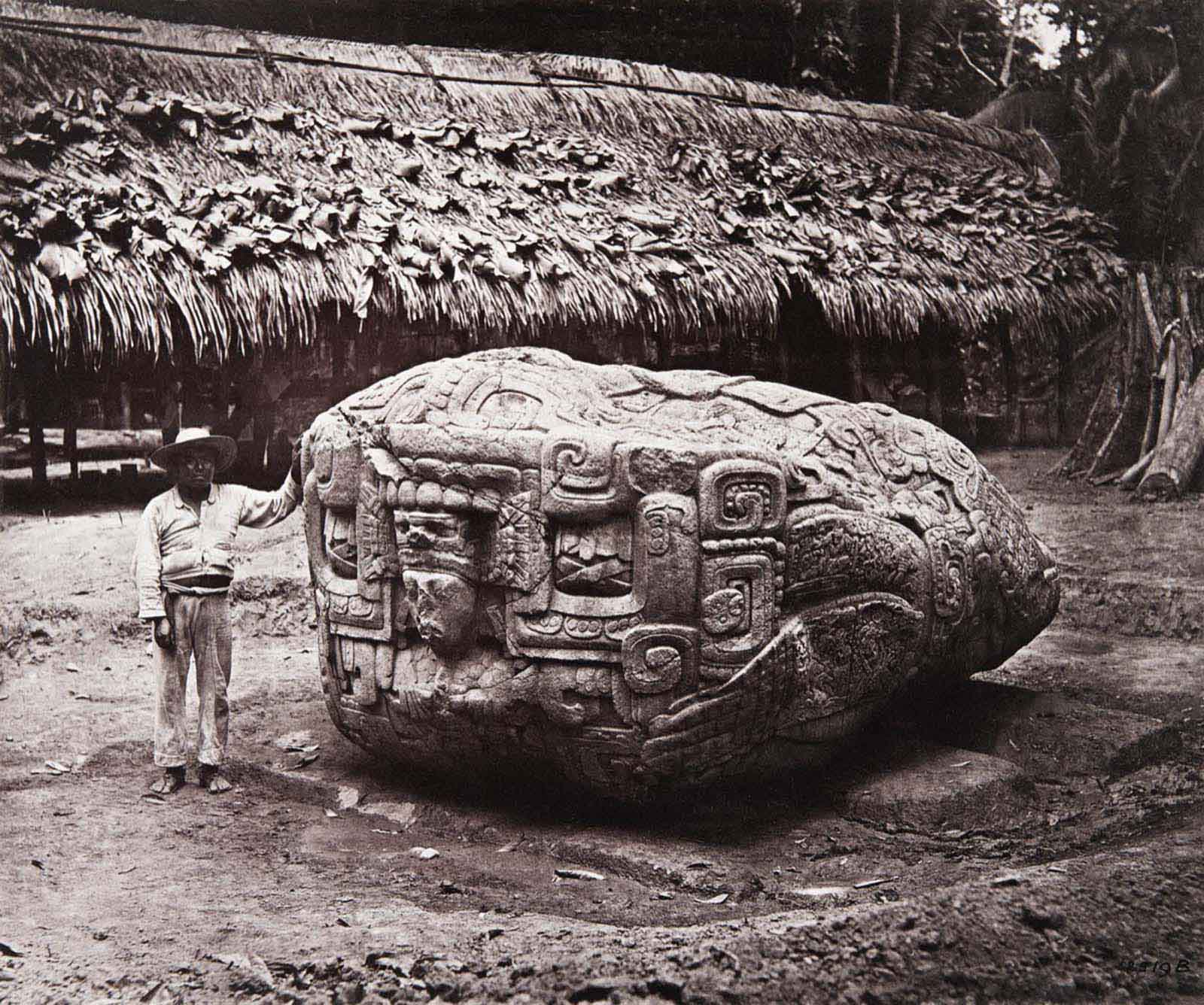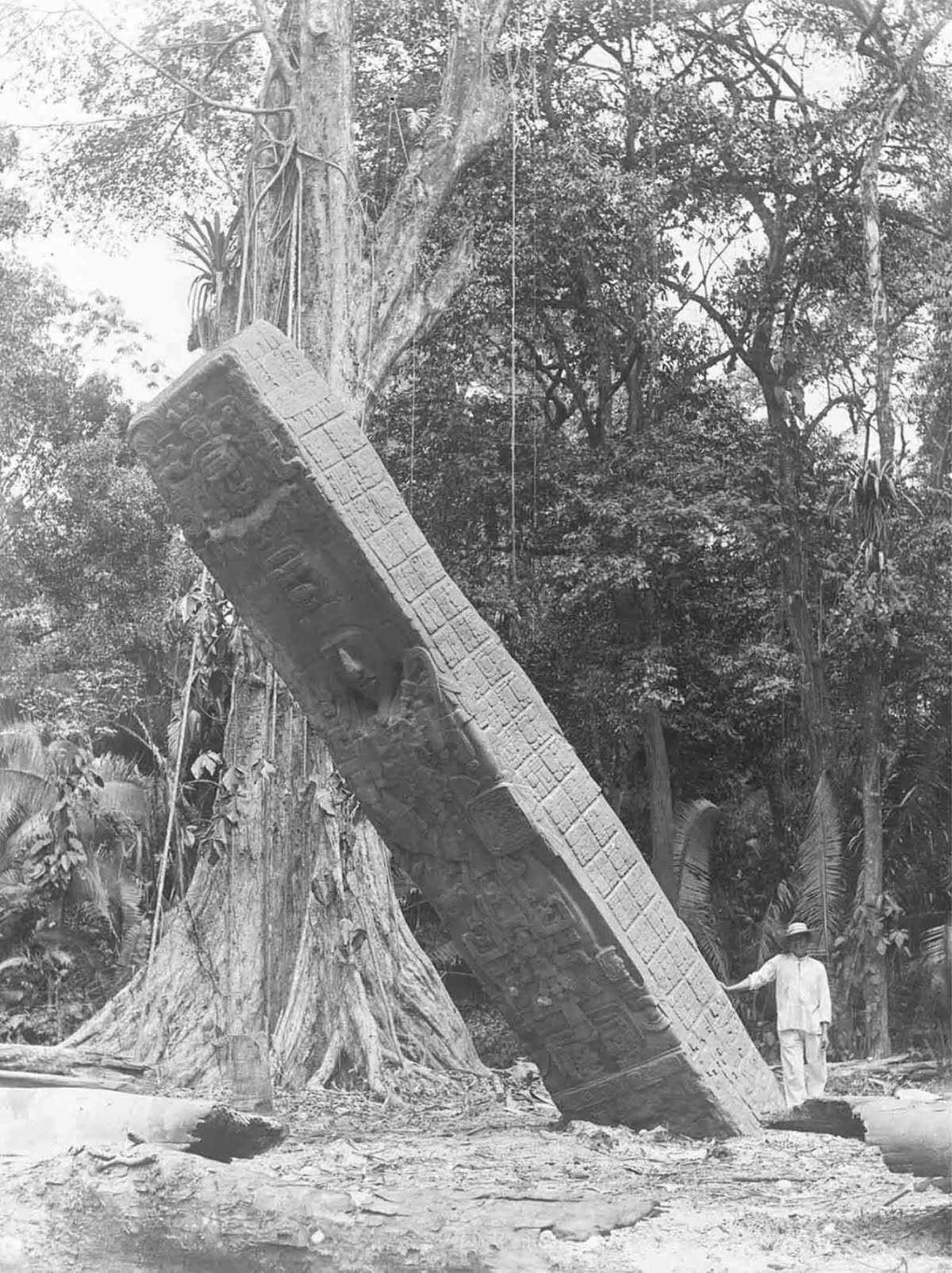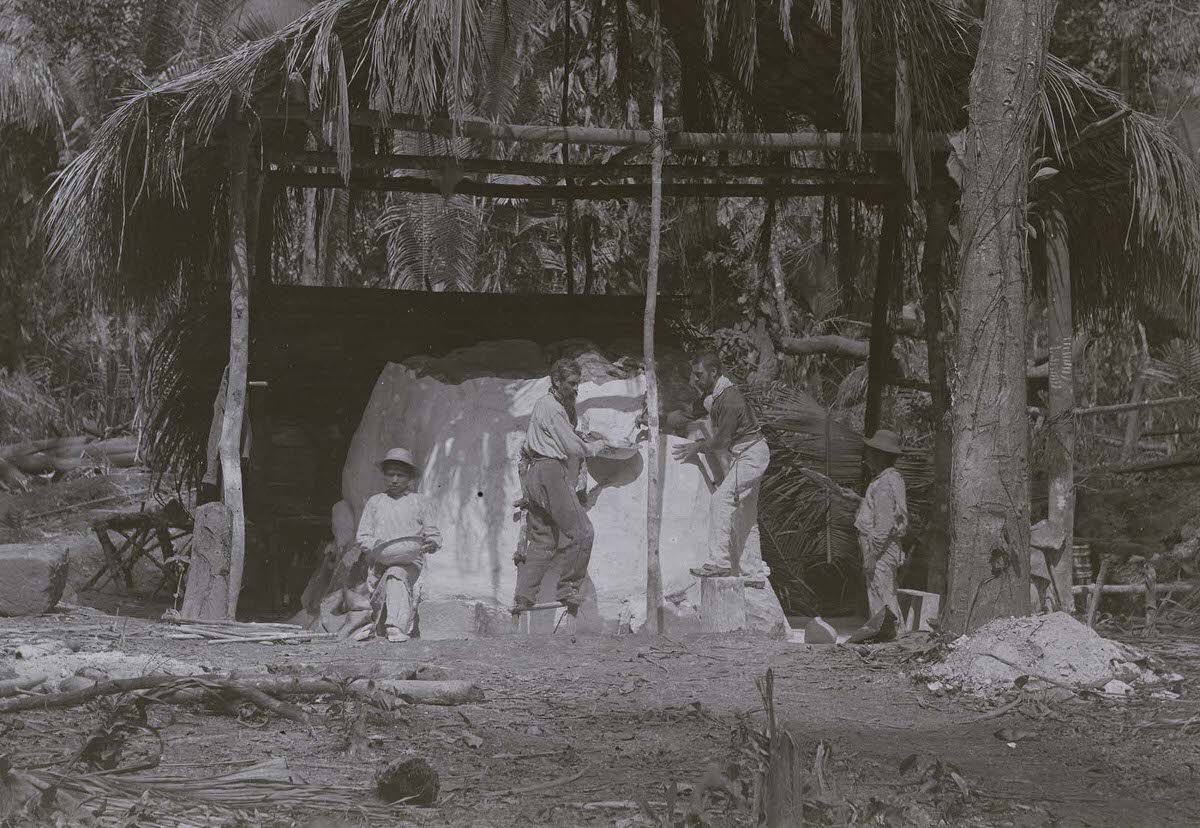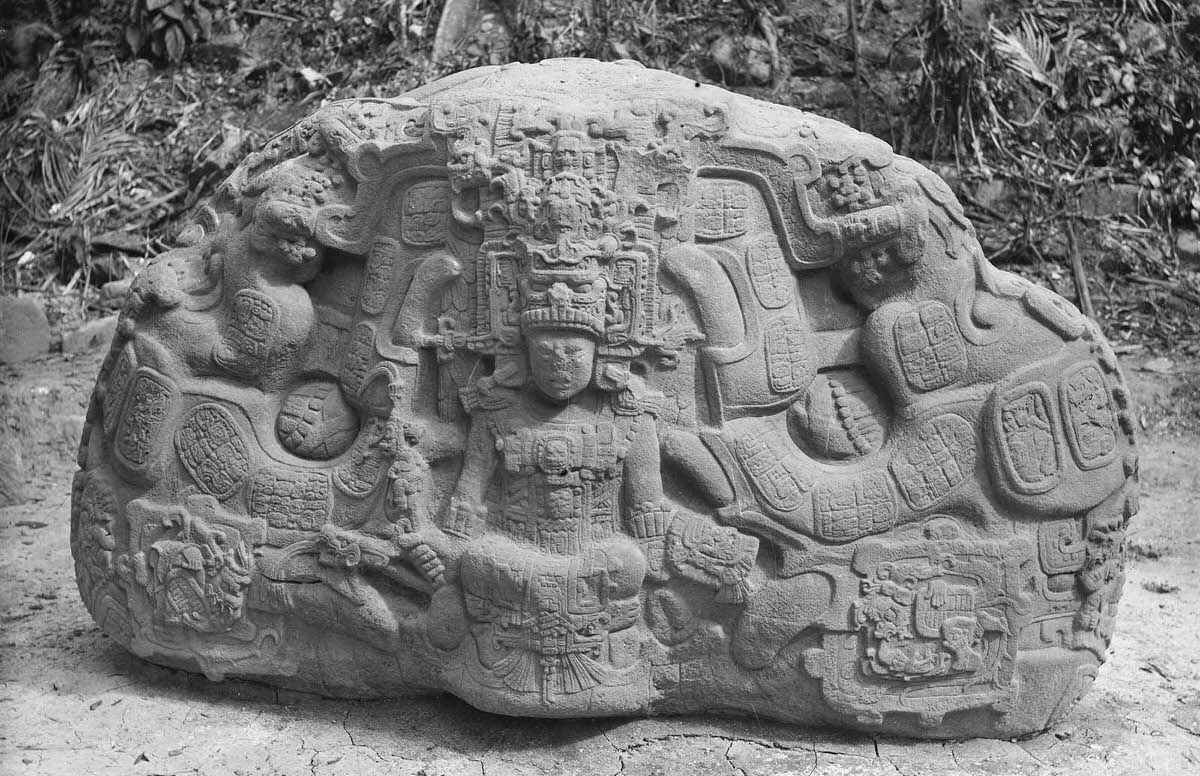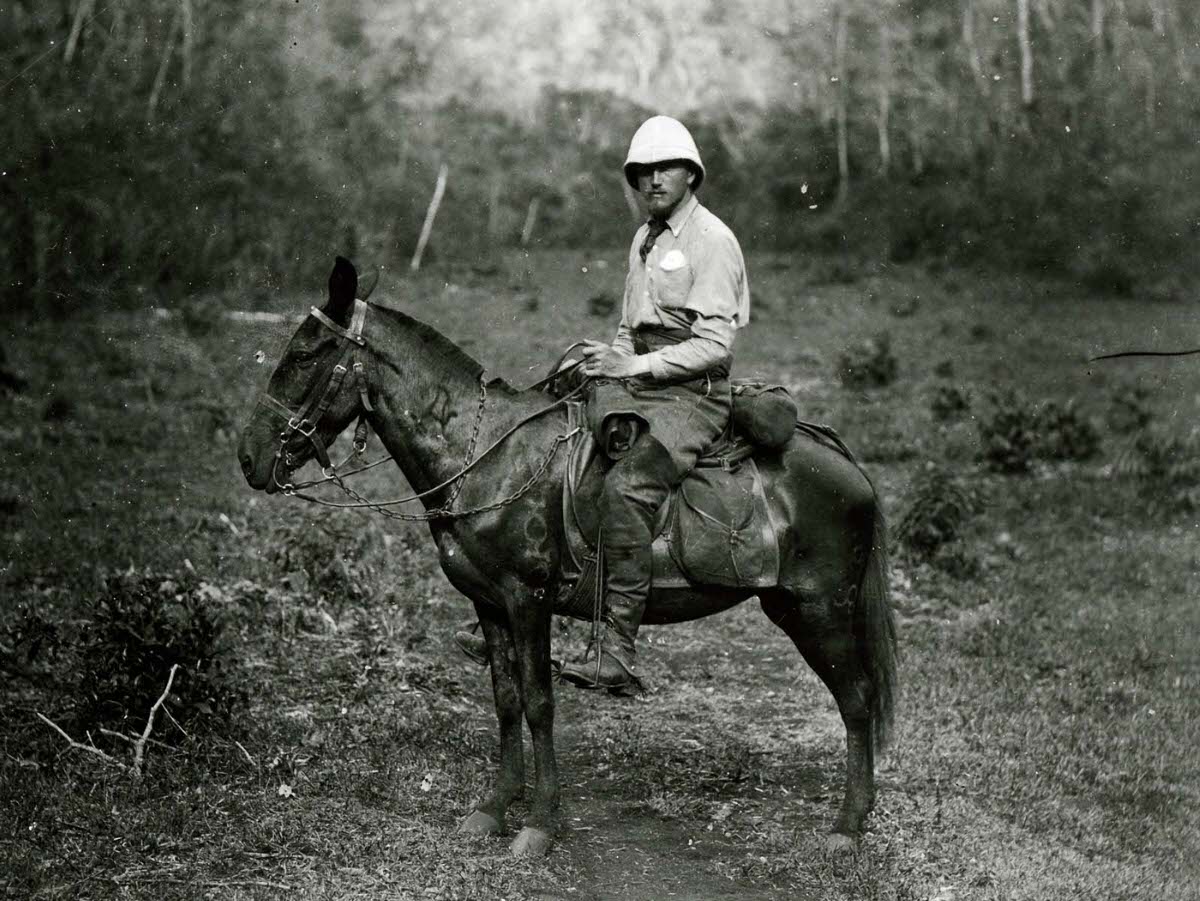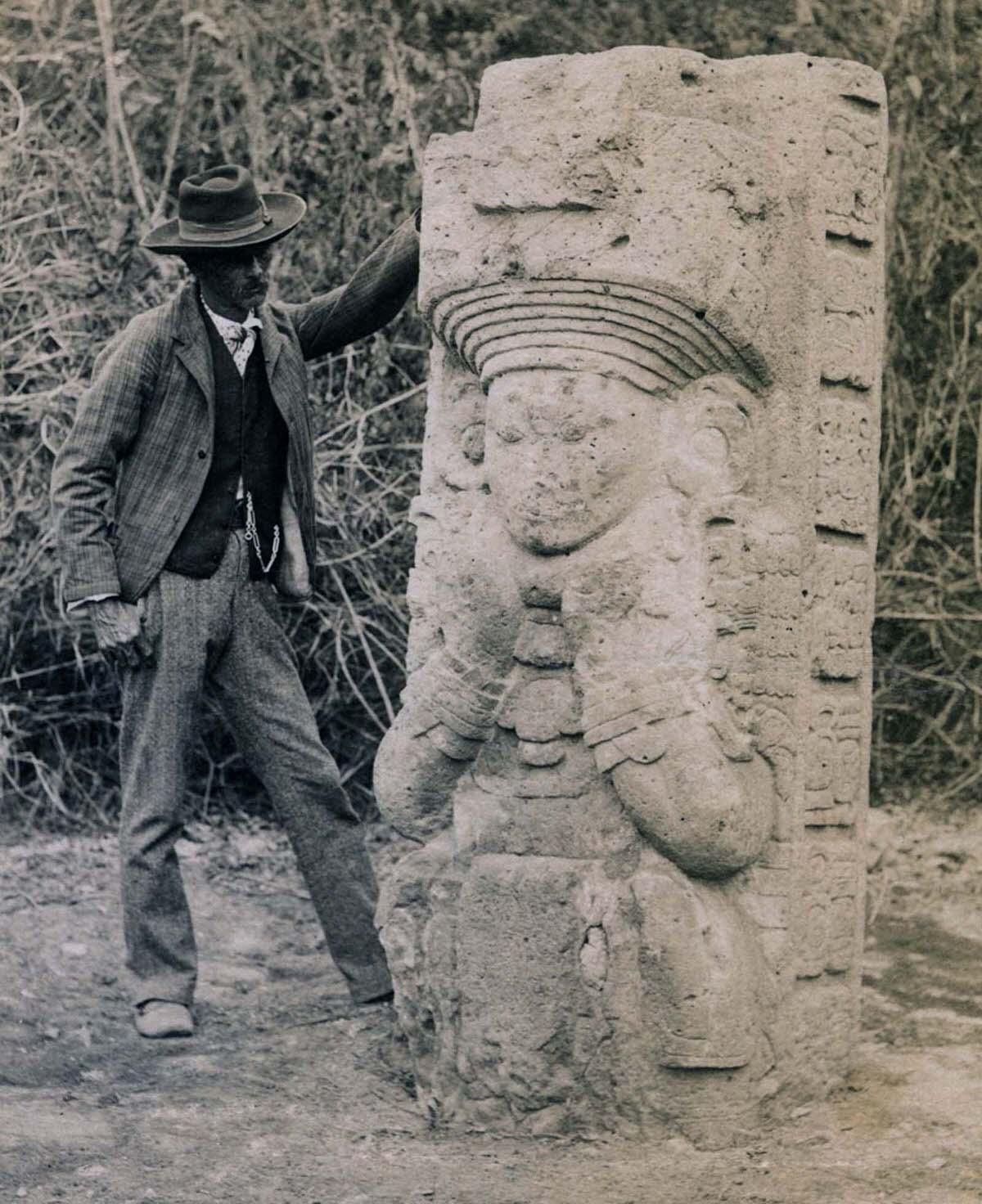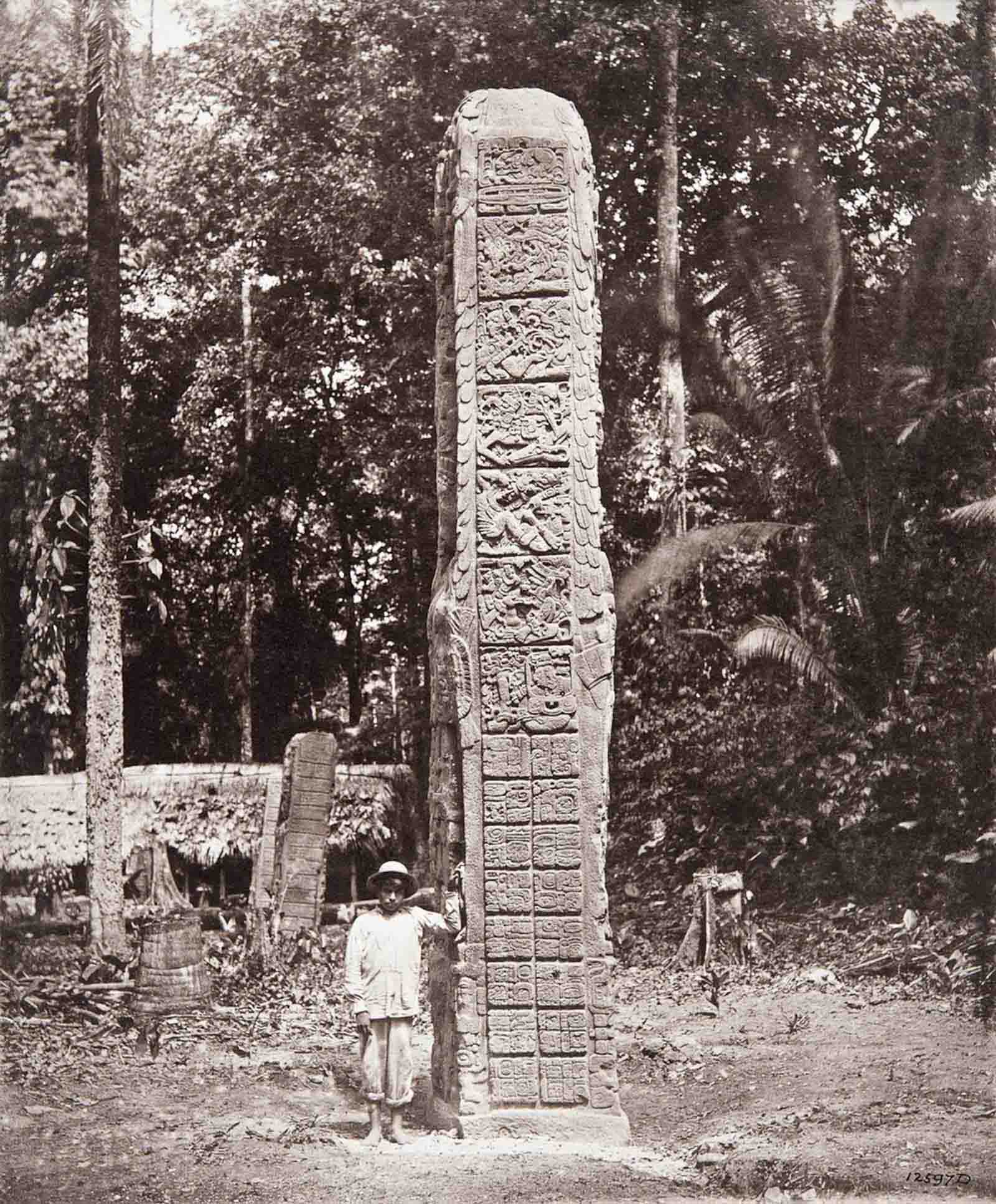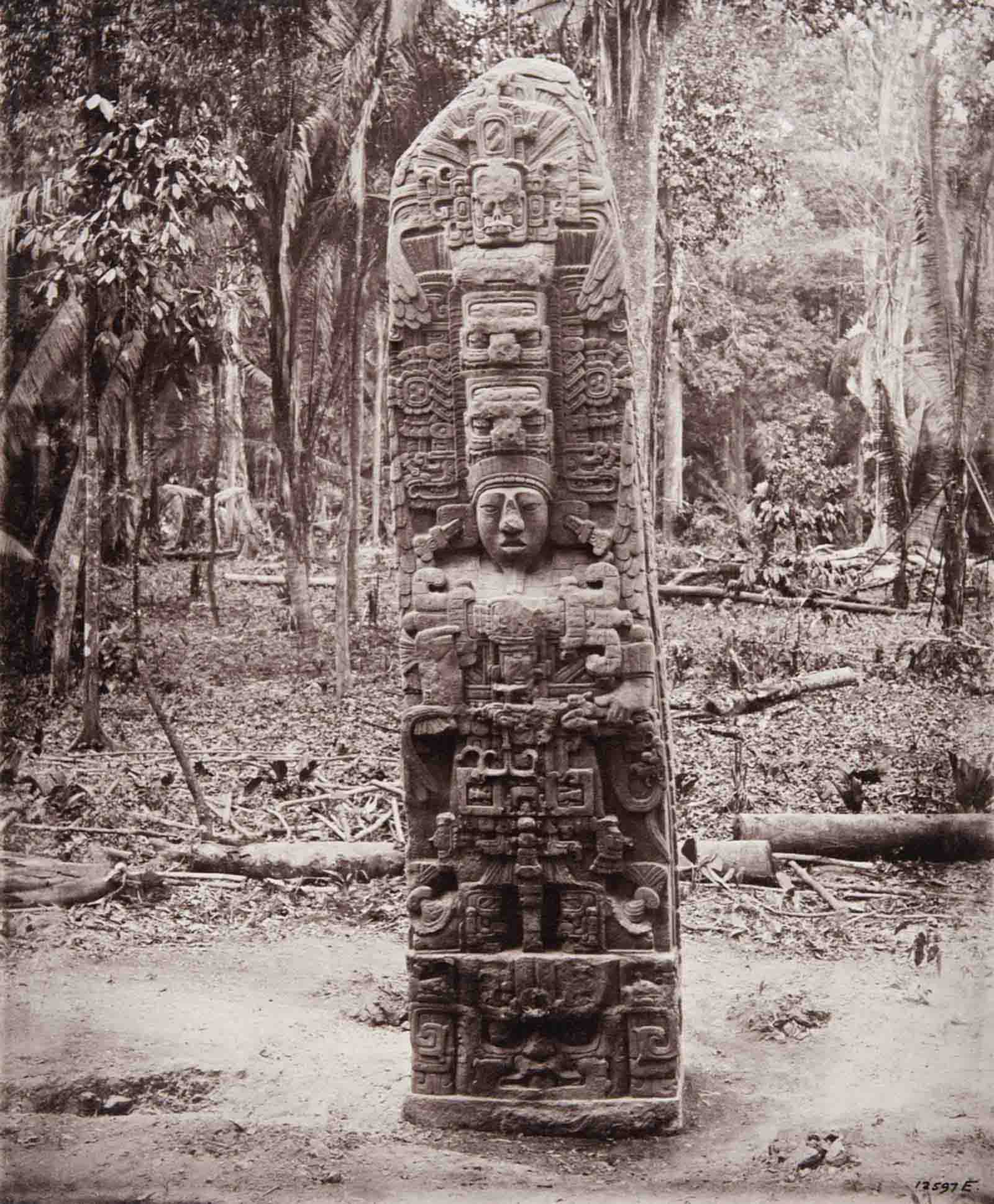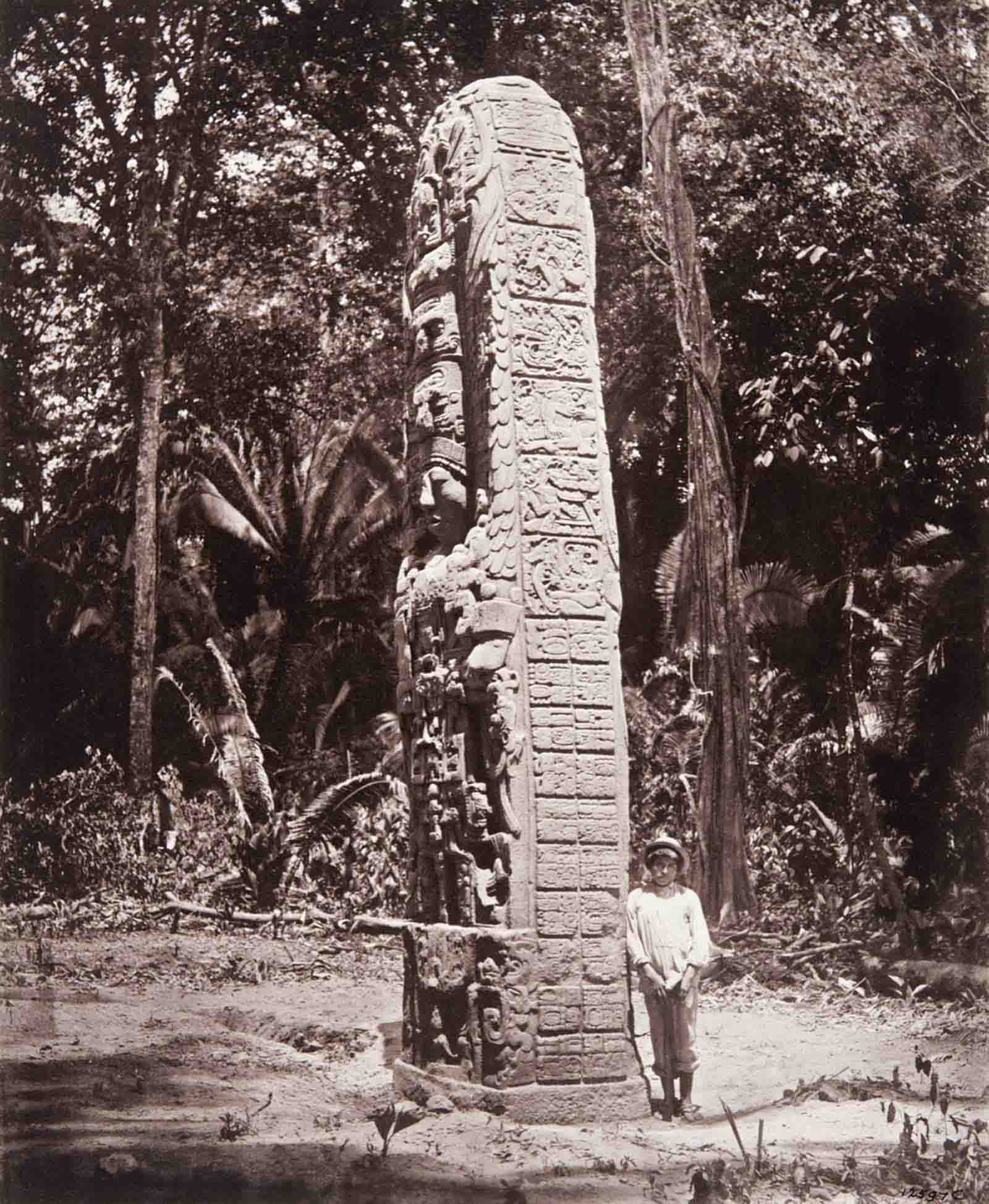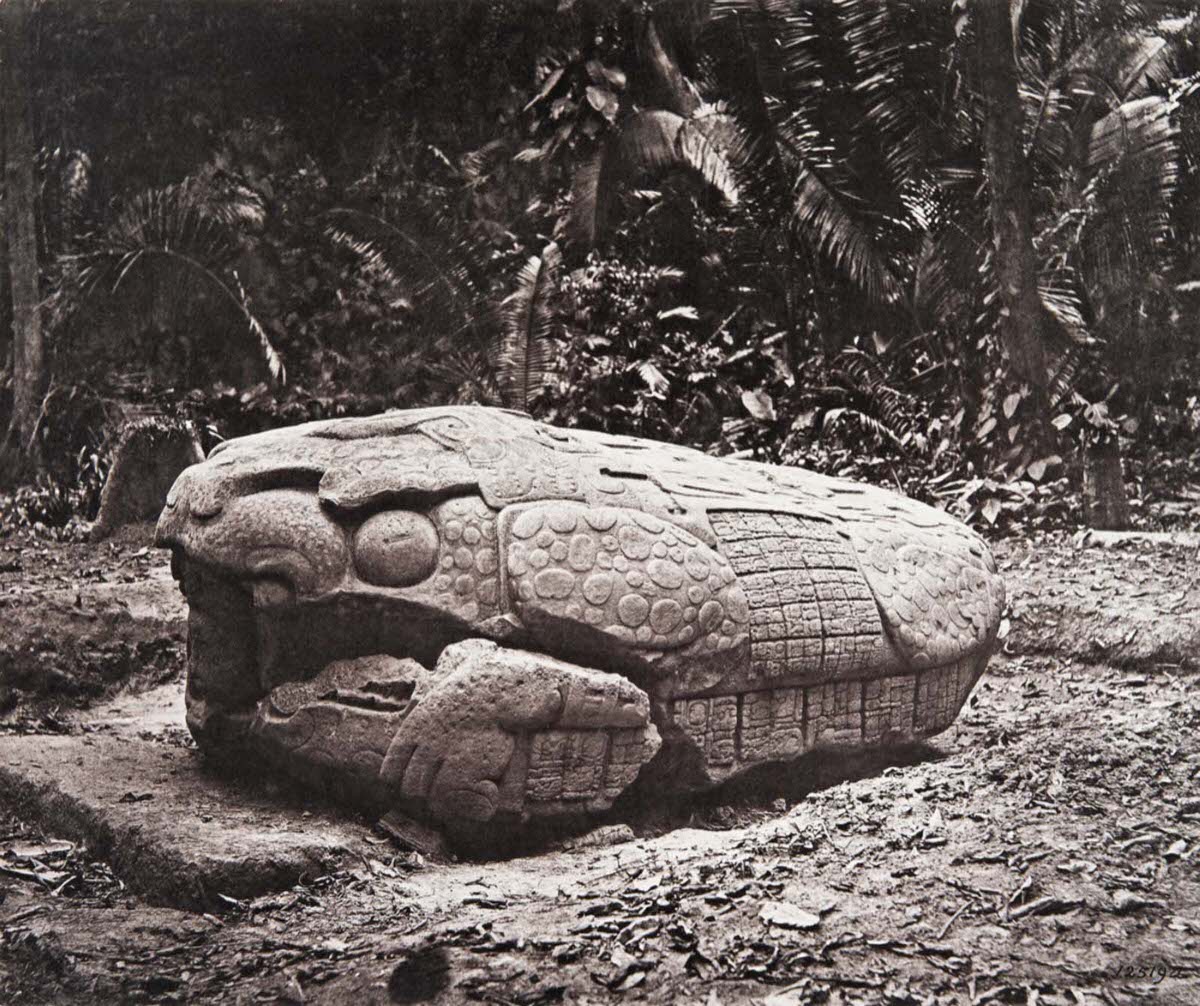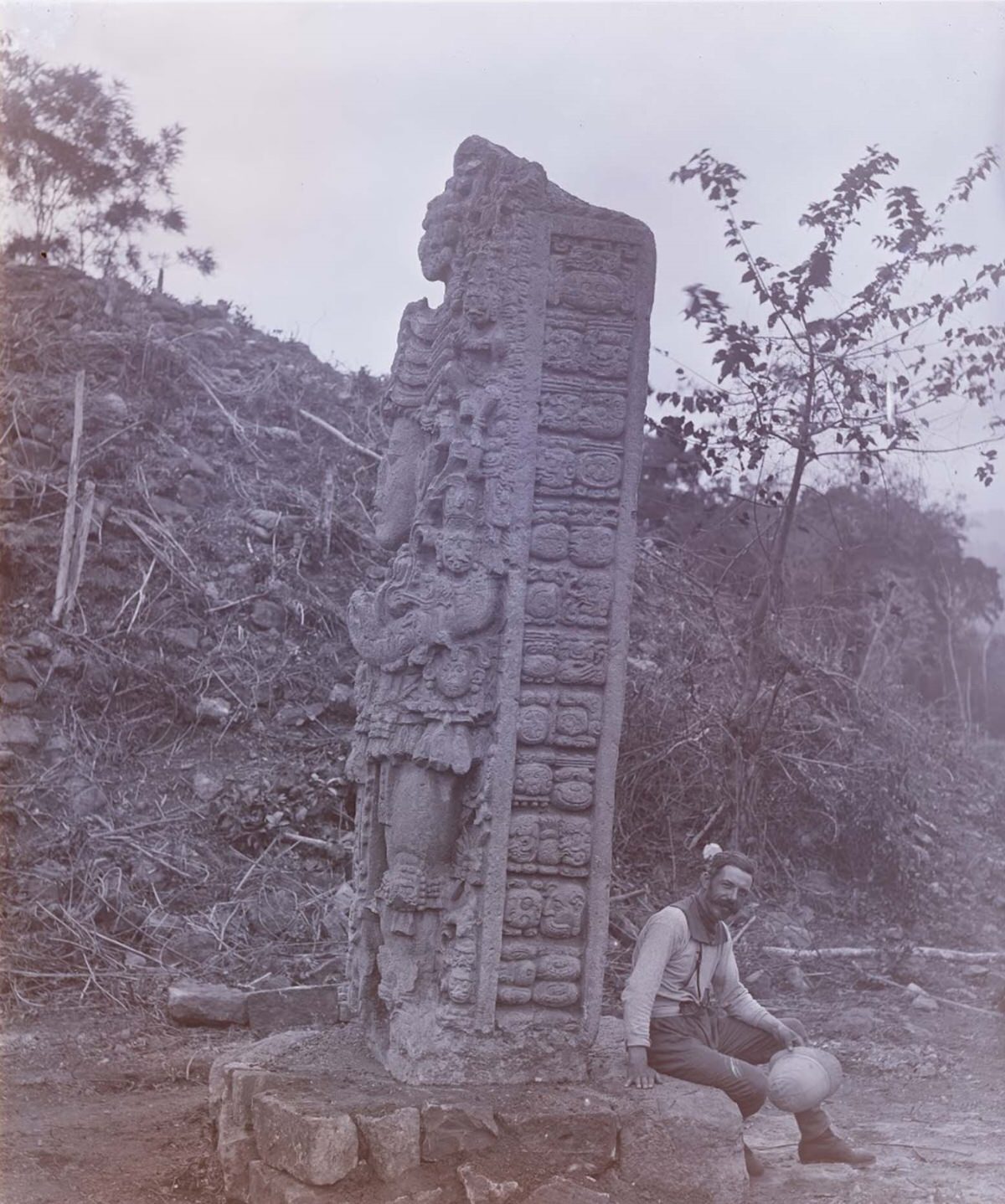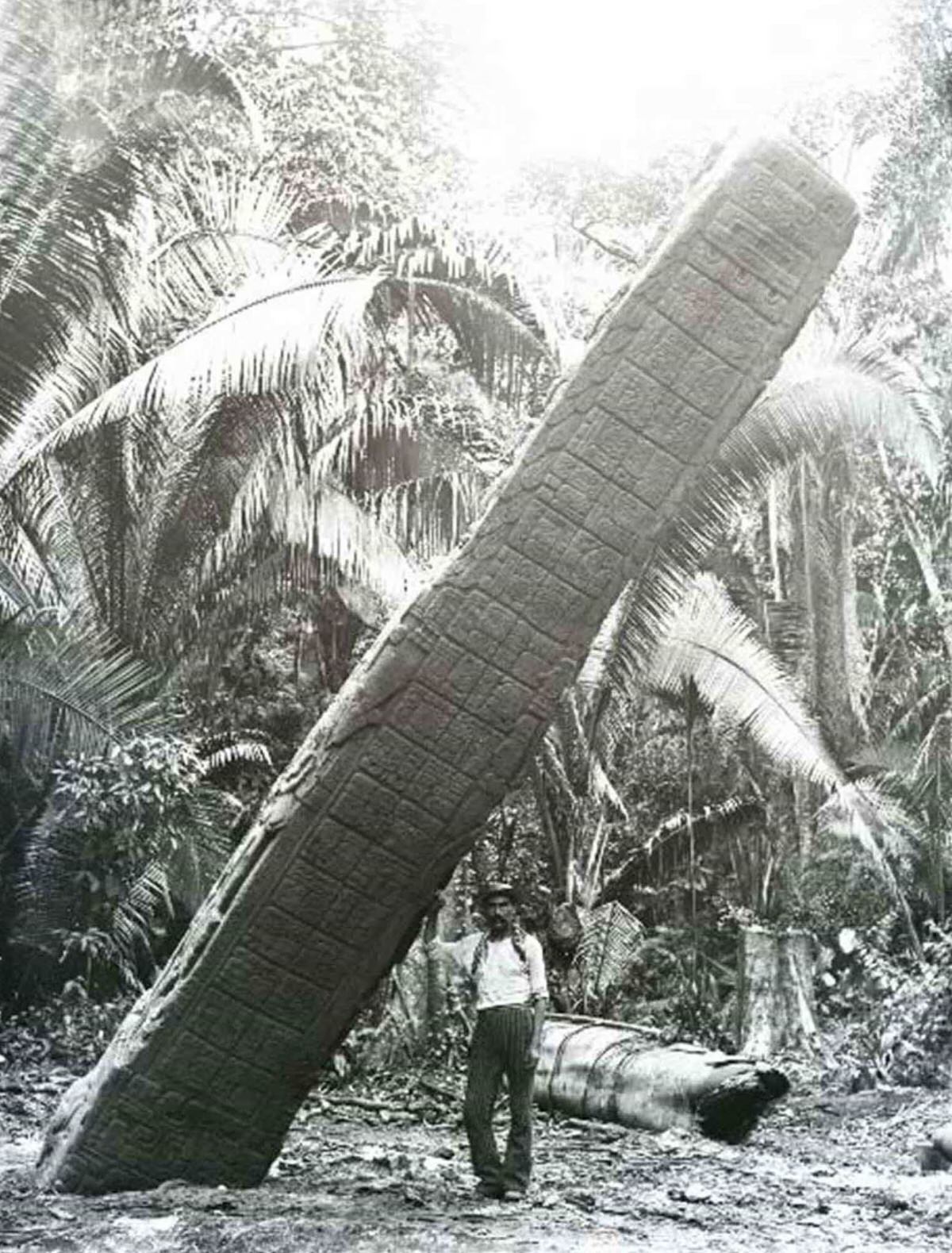Before European exploration of the New World, the Maya were building huge cities, studying astrology, and creating a complex written language in the jungles and coastal plains of Mesoamerica. As a result, they were one of the most dominant Indigenous societies in Mesoamerica. However, by the time the Spanish conquerors arrived in the 1500s, the Maya cities had already been abandoned.
The Spanish conquest wiped out most of the defining characteristics of Maya culture. In support of their efforts at Christianization and absorption of the Maya into the Spanish Empire, the agents of the Catholic Church wrote detailed accounts of the Maya. Various Spanish priests and colonial officials left descriptions of the ruins they visited in Yucatán and Central America. Several Maya sites were visited by American traveller and writer John Lloyd Stephens and English architect and draftsman Frederick Catherwood in 1839. The late 19th century saw the recording and recovery of ethnohistoric accounts of the Maya and the first steps in deciphering Maya hieroglyphs. Their illustrated accounts of the ruins sparked widespread interest and brought the Maya to the world’s attention.
Research about the Maya civilization
Alfred Maudslay and Teoberto Maler pioneered modern scientific archaeology in the Maya region in the last two decades of the 19th century. During the first two decades of the 20th century, advances were made in deciphering the Maya calendar, identifying deities, dates, and religious concepts. The Peabody Museum sponsored excavations at Copán and in Yucatán. Large-scale excavations have been conducted across the Maya region since the 1930s. Scholars have been digging through ruins of ancient Maya cities for over a century, searching for pottery, burial spots, and murals illustrating everyday life to find more about the Maya civilization. There is more to the story than archaeology. Written records provide much more specific information, such as names and dates. Mayan monuments and buildings were decorated with such written records. Historians still do not know much about the Maya but have developed several theories of their fall. Many scholars believe that Maya exhausted their resources in the lands around them to no longer survive. Others argue that warfare caused a collapse in trade, their military, and their dynastic power, resulting in chaos. Researchers also theorize that a catastrophic change in the environment, such as drought, destroyed their civilization.


